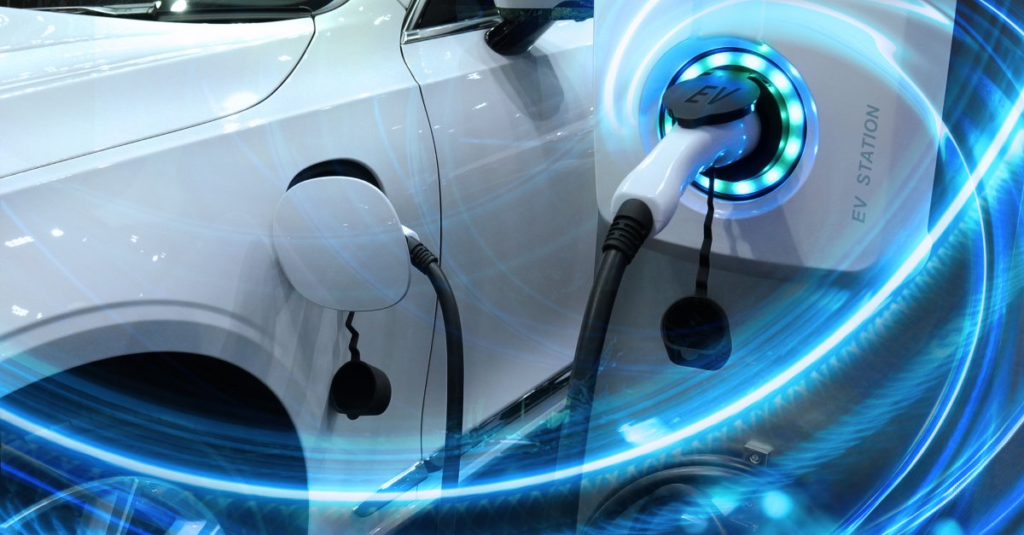The wheels of transformation will never stop. It is also true for the electric vehicle industry in Canada. Achieving the adoption of 100% electrically operated cars is a goal of this country. The main mission is to develop an emission-free future. However, the journey towards embracing electric cars is not free from obstacles. Although Canadians and other citizens in the world are aware of EVs, many of them do not own them or have never driven them. Despite the rapid acceleration of EV adoption, the industry is facing a number of issues. Let us now talk about those EV industry challenges.

EV industry challenges
Big upfront cost
The purchase cost is the biggest issue in the electric vehicle industry. The cost of designing an EV is higher than the cost of developing a gasoline-powered vehicle. The battery technology is responsible for the higher manufacturing cost. An electric car’s battery holds a significant charge to ensure a minimum driving range. It is essential to use raw materials to make the battery. That is why gas-powered cars are comparatively affordable to consumers.
Indeed, the operation cost of EVs is lower than that of their gasoline cars. However, the initial investment in electric vehicles is high.
Grid capacity
A reliable source revealed the expectation of the Canadian Climate Institute about the regulatory transformation and a drive for EVs. It reported that there is a high need for more electric grids and power generation capacity. The news portal also stated that it took over 100 years to build the electricity infrastructure. So, how can it be doubled within 30 years or less?
More electric vehicles on the highway means more dependence on the electric grid. Thus, there must be a boost in the grid capacity to prevent the risk of strain. The industry experts have different opinions on the amount of additional power we need for EV adoption.
What’s more, distribution grids in Canada need upgrades. On some streets across the country, the electrical infrastructure cannot manage the higher demand. Another report stated that 22 homes in an area could operate only 11 EVs before the occurrence of outages.
Compatibility of EV chargers
Level 2 electric battery chargers comply with most automotive manufacturers (except Tesla) with the same model of charging port. There are various categories of DC chargers. Most automakers use a Combined Charging System. But, Mitsubishi and Nissan use CHAdeMO. Tesla vehicles use only Tesla superchargers.
While gasoline-powered vehicles get access to any fuel stations, EVs cannot take this advantage. Variations in compatibility are the biggest reason behind the EV charger.
Pricing schemes for charging EVs
There are various pricing structures for charging electric vehicles. The unit for measuring and determining the cost of gasoline is the gallon. The main difference may lead to higher charging costs and inconsistent pricing. It has created obstacles to EV adoption. Most consumers feel frustrated and have negative experiences.
Utility service providers have set their consistent rates for home charging. Depending on the charging speed, there is also a tiered pricing structure. Besides, per-minute or per-session fees are imposed by public charging stations. Per-kWh pricing schemes are also combined with tiers depending on the charging speed.
Charging speed for electric vehicle’s battery
Charging an EV is an issue for drivers who cannot adjust to their slow-paced lifestyle. EV chargers are available on different levels. Level 1 charging stations use a 120V plug and charge many cars overnight. Extra-large EV batteries take at least 20 hours for full charging. Level 1 chargers are found in most residential areas.
SAEJ1772 connectors and 240V plugs are used for Level 2 chargers found in public charging stations. However, 480V direct current chargers in Level 3
Level 2 chargers allow you to charge your battery within 3 to 4 hours. A fast-charging station takes the shortest time to charge your battery. However, improvement in battery technology will reduce these issues.
Range anxiety
It is another concern about electric vehicles. EV buyers like to own the cars and go anywhere they want. There is no need to find any gas station for the fill-up. However, people are concerned about the distance they can cover their EVs before accessing the charging station. The challenge becomes bigger during the winter months. The battery range becomes low because of below-freezing temperatures.
On a single charge, many EVs go around 200 miles in temperate weather. That is enough because most people drive 36 miles a day. However, they need to charge every 3 to 4 hours in freezing weather or on weekend getaways.
Limited models
There were only a few electric vehicle models 10 years ago. However, the selection is increasing rapidly with the higher popularity of electric vehicles. Still, the number of EVs is low when compared to gasoline-powered vehicles. Most automakers offer just a few models. Hatchbacks, sedans, and SUVs are readily available to consumers.
Lack of certified technicians
Many vehicle owners found that servicing a vehicle by dealers is costlier than choosing a repair shop. As the EV industry is small, you can find only a few well-trained, independent repairers. You may deal with audio components, light bulbs, and tires. However, without a trained technician, it is risky to work on other parts.
Still, the best fact is that electric vehicles need minimal maintenance. However, if a costly component needs replacement. For instance, if you want to replace battery packs, you need at least $5,000. But, as the market is getting competitive, the cost will go down.
Conclusion
Although Canada has set its goal of electrifying the transportation system, there are significant challenges. From the EV charging ecosystem to purchase cost, different EV industry challenges are causing concerns. However, with improvements in the charging infrastructure and EV components, the industry can solve these issues. There will be a reduction in gas-fueled vehicles and an increase in electric cars.



